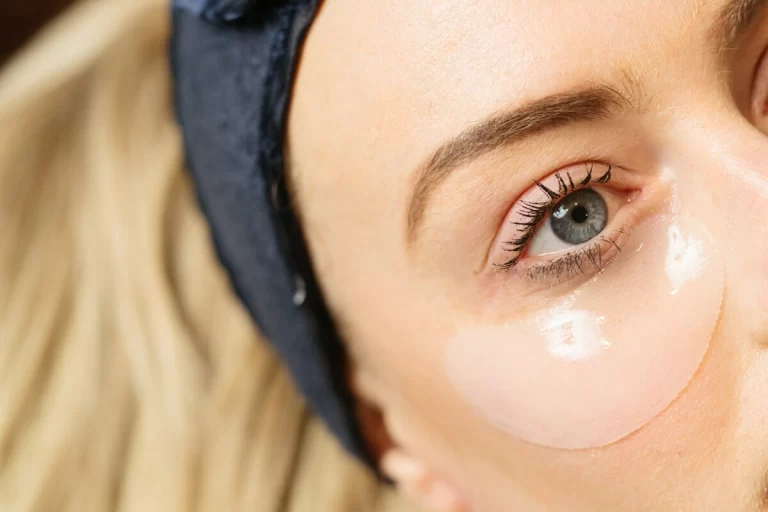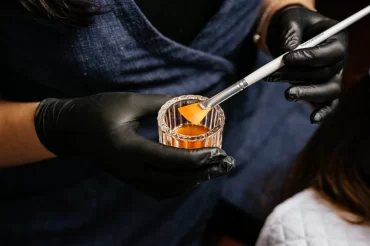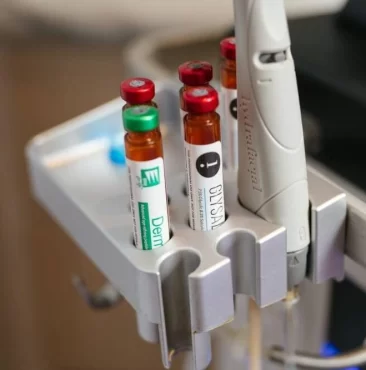Sensitive Skin

Skin sensitivities are very common and appear to be increasing in frequency due to increased allergens and irritants. These conditions can affect many aspects of one’s life due to the frequent exacerbations and can become debilitating at times. It can affect up to 50% of women and 40% of men at some stage in their lives.
Sensitive skin is not a formal medical diagnosis and encompasses a variety of conditions. It is a term used to describe skin that is easily irritated and sensitive to a variety of topically applied products such as personal care products and cosmetics.
Skin conditions such as eczema, dermatitis and psoriasis are also prominent among younger children with many ‘growing out’ of the condition as they age. Unfortunately, this is not the case for all and many adults continue to battle with skin sensitivities.
Sensitive skin can present in a variety of ways which can often make diagnosis difficult for the treating doctor.
Many have subjective symptoms such as burning, itching, stinging with no visible changes to the appearance of the skin. Others suffer from visible skin changes such as redness, flaking, dryness, peeling hives or blisters/bumps (dyshidrosis).
Skin sensitivity often affects the face but can also affect the entire body. The most sensitive areas and common areas of irritation are the eyelids. Often products can cause sensitivity and a reaction to the face but leave the rest of the body without symptoms. Other sensitive areas include the armpits, groin and skin flexures.
FAQs
What causes sensitive skin?
Please note that the below information is not intended to assist with medical diagnosis or management.
It is essential any patient with these conditions are under the care of a General Practitioner or Dermatologist and a correct diagnosis has been made. The below is for informative purposes only.
Common causes of sensitive skin include:
- Food intolerances; gluten, dairy, highly acidic foods.
- Environmental factors; weather, pollutants, pollen, dust
- Stress and anxiety
- Nutrient deficiencies
- Topical Irritants; perfume, jewellery, skin products
- Sensitive skin is oven caused by overuse of certain products and treatments
- Each individual can have different triggers.
What are the types of skin sensitivity?
Impaired Skin Barrier
When the skin barrier is impaired, such as from the use of irritant cosmetics, overuse of products or trauma it can become highly sensitive to irritants. Impaired barrier can be caused by dehydration, nutrient deficiencies, prolonged use of skin products high in ingredients which are stripping to the skin .It presents often with stinging, burning and diffuse redness with skin prone to breakouts and dehydration.
Irritant Contact Dermatitis
The term sensitive skin is most often used to describe a condition called irritant contact dermatitis. This is when the skin mounts an inflammatory response to an irritant (which is applied to the skin). It is NOT due to an allergy to that irritant. Symptoms include redness, itch, hives and blistering. Common skin irritants include chemicals, body fluids, heat/cold, humidity, pressure, friction and other mechanical factors. Those with a history of eczema may be more prone to irritant contact dermatitis. Other possible contributing factors include age, gender and skin site.
Allergic Contact dermatitis
This is a skin sensitivity that results from an allergic response to an externally applied agent to the skin. This is much more rare than an irritant contact dermatitis. As with most allergic reactions, the response will become worse with ongoing exposure to the allergen and people who suffer from this condition report worsening symptoms over time. The causative agent can be determined by skin patch testing with a dermatologist. Common allergens include animal dander, grasses, pollen and cosmetics.
Eczema/Dermatitis
Eczema presents with an itchy rash and dryness of the skin. All forms of eczema can result in sensitive and irritated skin with an impaired barrier function. The skin becomes more irritated due to the impaired barrier function as even more irritants can enter the skin. Triggers can include temperature, humidity, environmental factors as well as internal factors. It is common for eczema to present with other skin sensitivities such as irritant or contact dermatitis which can make diagnoses of the other conditions difficult.
Rosacea
Rosacea is a common condition characterised by persistent redness, flushing, broken capillaries and skin sensitivity. The skin is often easily irritated especially after the use of topical skin products. Common triggers are perfumes and cosmetics. Many patients report sudden reactions to products they have used for years. In rosacea is it important to cease all products and cosmetics that may cause a reaction.
Dry skin
Skin that is chronically dry and dehydrated can present as sensitive and easily irritated. Often environmental factors such as low humidity and cold temperatures can trigger dryness. The over use of skin care products, over washing of the face and certain medications can also cause dryness. Many patients try to help their dry skin by using lots of products which in turn can cause an irritant contact dermatitis.
Seborrheic Dermatitis
In infants this is commonly known as cradle cap. During adulthood sufferers can experience this in areas in which are typically oily. This presents as red, dry patches and dandruff.
What treatments are available?
Many people who have grown up with skin sensitivities have a management plan in place, however exacerbation’s can be very frustrating to deal with and patients often seek assistance from multiple practitioners.
Ultimately, treatment must be directed to the underlying cause following an accurate diagnosis. The avoidance of any known triggers is essential.
Common treatments aimed at symptom relief include the use of topical corticosteroid creams and antihistamines. Management of severe eczema may also include immunotherapy and UV therapy.
All patients need to ensure their skin is hydrated through the use of emollients and humectants. This is the mainstay of treatment and needs to continue through out any treatment regime,
medical management through GP or dermatologist is often needed. We strongly recommend continuing your treatment plan as prescribed by your doctor.
In-clinic treatments, when combined with trigger avoidance and medical care, will optimise outcomes and improve symptoms of skin sensitivity. These treatments are aimed at managing the condition and preventing exacerbation’s.
Regardless of the treatment regime it is important to note that ongoing treatments may be needed and continuous home care and trigger avoidance is essential to control sensitivities (condition dependent). Treatments are aimed to maintain and control the condition.
What are our recommended treatments?
As with many of the treatment recommendations at Youth Lab, a combination of treatments may be required for optimal results.
Please note that the below is a reference point and full treatment recommendations will be made following a consultation.
Consultation
A consultation with a doctor may be required to establish a diagnosis and initiate a treatment plan.
Healite II LED
Using the Healite II LED we utilise a combination of the red light (wavelength 633nm) to encourage skin rejuvenation and the yellow light (wavelength 830nm) to encourage wound healing.
Medical Peels
Gentle enzyme and mandelic acid peels can work to assist in skin barrier repair and improve symptoms such as dryness and redness.
Hydrafacial
When inflammation is under control the Hydrafacial can be utilised to assist with removal of stubborn dry flaking whilst infusing protective antioxidants and hyaluronic acid to restore hydration.
BBL Corrective
Many sufferers with sensitivity can experience redness within the skin. The BBL is used to encourage cellular repair, treat inflammation and treat superficial redness and broken capillaries.




